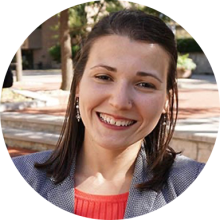Q: In a past podcast episode featuring CSCC, the interviewee shared some challenges of comparing student engagement data from a two-year institution against the traditional best practices of four-year institutions. What are some of the ways this has translated to how you use Engage?
This podcast episode was previously published by Campus Labs (now Anthology).
A: As a two-year, 100% commuter institution, it’s imperative that the engagement opportunities we present to our students reflect the busy realities of their lives off campus. Most have full-time roles outside of school, like being a parent or full-time worker (or both) and many aren’t traditional ages—they’re either adult students or high school students who are dual-enrolled. While many of our students are interested in transferring to a four-year institution, others plan to work directly after completing their certificate or associate degree.
These types of factors also influence what vibrant engagement opportunities we design for our students, how we involve them in the design, and what the learning outcomes will be. We offer workforce development programs during evening hours and emphasize remote activities that can be accessed at any time; for example, through the use of a co-curricular path on Engage. Using Engage forms as the primary tool for assessing attendee learning and experience also allows us to flexibly capture feedback during or after they participate in an initiative, rather than having to rely solely on in-person assessments with limited time. We are creating an organization and related activities specifically for student parents so they can bring their children.

